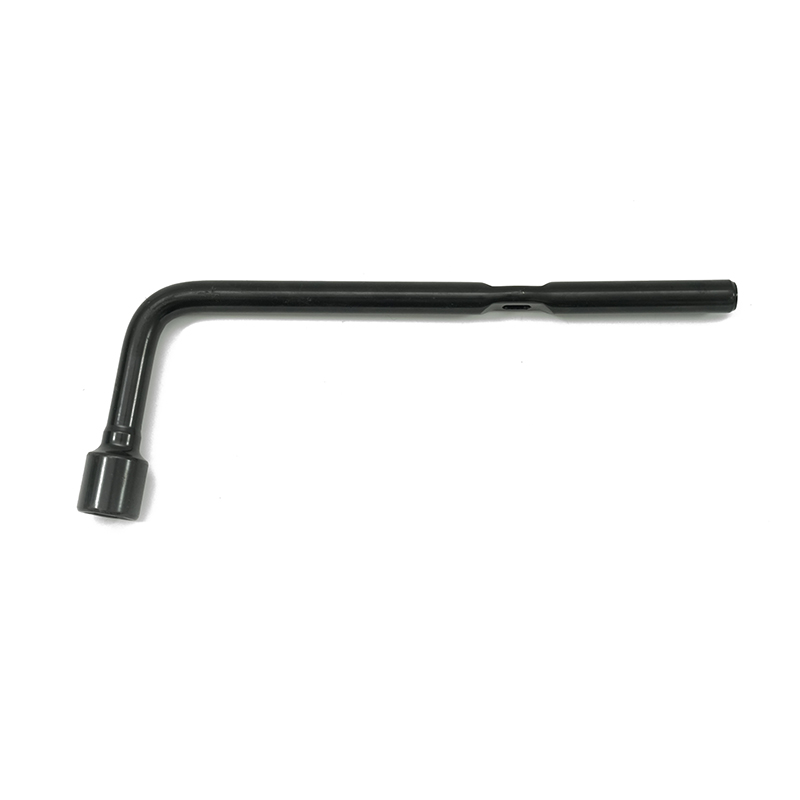Hand wrenches are essential tools in mechanical, automotive, and industrial applications, providing leverage to tighten or loosen nuts, bolts, and fasteners. While they are simple tools, improper use can lead to injuries, equipment damage, or stripped fasteners. Following proper safety precautions ensures both the safety of the user and the longevity of the wrench.
Content
- 1 1. Select the Right Wrench for the Job
- 2 2. Inspect the Wrench Before Use
- 3 3. Maintain Proper Grip and Body Position
- 4 4. Avoid Using Extensions or Cheater Bars
- 5 5. Keep the Work Area Clean and Stable
- 6 6. Wear Personal Protective Equipment (PPE)
- 7 7. Apply Force Gradually and Avoid Sudden Movements
- 8 8. Store Wrenches Properly
- 9 Conclusion
1. Select the Right Wrench for the Job
Using the correct size and type of hand wrench is the first step in preventing accidents.
- Match the wrench to the fastener size: An ill-fitting wrench can slip, causing hand injuries or damaging the bolt.
- Choose the appropriate type: Open-end, box-end, adjustable, or ratcheting wrenches each serve specific purposes. Using the wrong type can reduce leverage and safety.
2. Inspect the Wrench Before Use
Regular inspection is vital to identify any defects or wear that could compromise safety.
- Check for cracks, rust, or bent handles.
- Ensure movable parts on adjustable wrenches work smoothly without excessive play.
- Damaged wrenches should be repaired if possible or replaced immediately.
3. Maintain Proper Grip and Body Position
Proper hand and body positioning reduce the risk of slips and injuries.
- Hold the wrench firmly and apply force steadily.
- Pull the wrench toward you rather than pushing away when possible to prevent sudden loss of balance.
- Avoid overreaching or using a wrench in awkward positions that reduce control.

4. Avoid Using Extensions or Cheater Bars
Some users add pipes or bars to increase leverage. This is dangerous because:
- Excessive force can break the wrench or fastener, causing flying metal fragments.
- It can lead to loss of control, increasing the risk of hand or body injuries.
Always use a wrench rated for the torque needed.
5. Keep the Work Area Clean and Stable
A cluttered or unstable work environment increases the risk of slips and accidents.
- Ensure the workpiece is securely fixed, using clamps or vices if necessary.
- Keep the floor free from oil, grease, or debris.
- Make sure there is adequate lighting for precision and safety.
6. Wear Personal Protective Equipment (PPE)
While hand wrenches are generally low-risk, PPE enhances safety:
- Gloves provide grip and protect against cuts or abrasions.
- Safety glasses protect eyes from metal fragments if a fastener breaks or slips.
7. Apply Force Gradually and Avoid Sudden Movements
Sudden jerks can lead to slippage or damage:
- Apply steady, controlled pressure.
- If the fastener does not move, stop and inspect instead of forcing the wrench.
- Lubricate stubborn fasteners to reduce required force.
8. Store Wrenches Properly
Proper storage prevents damage to tools and reduces workplace hazards:
- Store wrenches in toolboxes or on racks rather than loose in drawers.
- Keep wrenches organized by size to avoid confusion and improper use.
Conclusion
Using a hand wrench safely requires choosing the right tool, inspecting it, maintaining proper technique, and following personal safety measures. Avoiding excessive force, ensuring stable working conditions, and wearing appropriate PPE all contribute to a safer working environment. By adopting these safety precautions, users can prevent injuries, protect equipment, and ensure the hand wrench performs reliably over time.

 English
English 中文简体
中文简体 Español
Español русский
русский عربى
عربى








